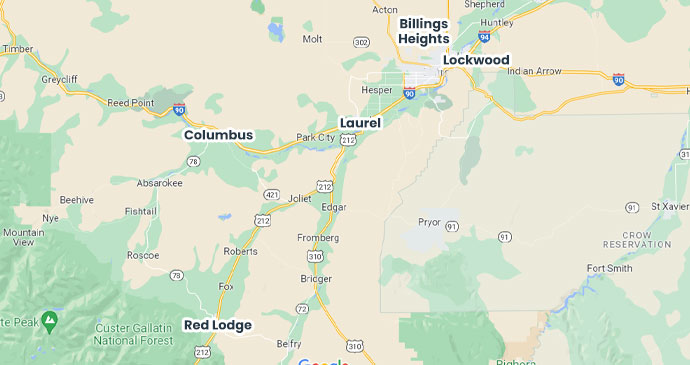"Luckily I have never needed to use a restoration company, but as someone who has worked closely with Alpha Omega, they have treated my clients very well, and have always been honest and very transparent. Although their whole team is very professional and punctual, Carissa and Sonya have been great to work with."
Understanding the Importance of Doing a Meth Test in Rental Properties
Montana is in the middle of a methamphetamine crisis. Common media tropes portray meth as a drug for those with lower incomes, but the truth is, individuals of all walks of life are vulnerable to meth addiction. Meth use can also become a problem for landlords, real estate agents, and property owners if it takes root in the properties they work with. Many rentals and sales properties have been discovered to be contaminated after a meth lab or meth user was moved out, all without the property owner or manager’s knowledge. Meth contamination can be costly and cause a whirlwind of additional problems. Below, we’ll look at how the methamphetamine crisis can impact property owners and managers, and what they can do about it.
How Does a Property Become Meth Contaminated in Montana?

While this may seem like a straightforward question, right? It’s actually a little more nuanced than you might expect.
meth test in houseTo be legally recognized as meth contaminated in Montana, a building must test positive for over 0.1 micrograms of meth per 100 square centimeters — the lowest legal standard in the United States. This level is around the average trace that can be found on common items like ATMs, shopping carts, and money. States outside of Montana have looser regulations, including California (1.5/100 square centimeters), Colorado (0.5), and Utah (1.0).
The most widely recognized means in which a property becomes meth contaminated is the presence of a meth lab. Once a property has been found to hold a lab, it is placed on the Montana Department of Environmental Quality’s public list indefinitely, regardless of cleanup status. This list, however, does not include properties that have been contaminated through resident smoking.
The truth is, consistent methamphetamine use in a building can cause higher levels of meth contamination than a lab. Similar to tobacco smoke contamination, meth smoke will often enter a building’s cold air return — then the furnace distributes the smoke throughout the home.
What Happens When a Home is Contaminated?
Meth contamination can create health complications for building tenants and even neighbors. Children, who often place their hands in their mouths, are especially exposed to toxicity. Some of the associated health complications include:
- Convulsions
- Respiratory issues
- Other unknown long-term effects.
Why It’s Important for Montana Property Owners and Landlords to Test for Meth Contamination
Once again, meth contamination is not limited to low-income housing. It can also be found in half-million and million-dollar homes. Because the rate of meth use in Montana is so high, it’s important to test every property before renting to a tenant or selling to a new party. This simple step will not only protect your tenants but also your financial liability.
While buyers of meth contaminated property cannot sue the former owner without concrete proof of knowledge that the property was contaminated, many real estate agents have begun suggesting meth tests before the final papers are signed. A positive test will often cause the deal to fall through.
Meanwhile, landlords can be held liable for renting contaminated facilities whether they were knowledgeable or no
How to Test for Meth Contamination and Find Cleanup Services
Many property owners now do a meth test before a tenant moves in and again after a tenant moves out on every property they own. Unfortunately, most insurance agencies will not pay for meth tests or cleanup thanks to a pollution exclusion in your insurance policy (although some have been known to pay on a vandalism policy, so it’s worth asking).
While tests range from simple yes-or-no tests to more complex readers that will tell you the precise level, the average meth swab costs around $50. It is recommended that four to six swabs are used at every property, in multiple locations throughout.
In addition to testing, there are some common telltale signs that a tenant has been using meth in the home which include:
- Locks (deadbolt or keys) on the interior doors.
- Obstructed or blacked-out windows.
- Damaged electrical devices.
- Collections of junk and debris.
- Stains in the carpet and on the walls
- A smell similar to cat urine, ammonia, rotten eggs, vinegar, or varnish.
Contact Alpha Omega Disaster Restoration today 406-628-0178 for emergency property damage cleanup and restoration services by Alpha Omega Disaster Restoration of Billings and Laurel, MontanaIf your property tests positive for meth use, it’s time to get help from a Montana-certified methamphetamine lab clean-up contractor. Alpha-Omega Disaster Restoration is here to help, servicing cities and towns throughout south-central Montana. Reach out to us today for a quote and to schedule an appointment.













